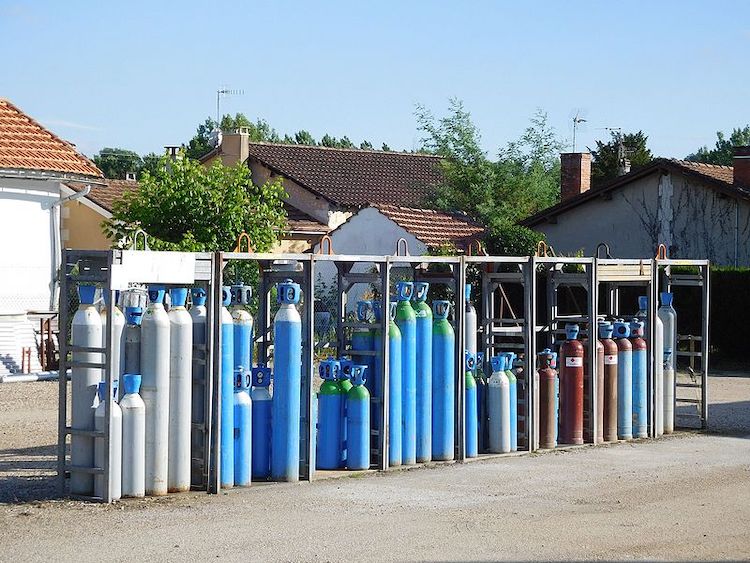
Robotic MIG vs TIG Welding: Picking the Right Option
Being able to pinpoint the right type of welding for your specific robotic welding application is a crucial decision.
The truth is, not all robotic welding types are equal even though they produce outcomes that are similar.
Two types that are most common of this type of welding are metal inert gas (MIG) and tungsten inert gas (TIG).
While they are typically referred to as interchangeable options, that is simply not the case.
For a start, you need to understand the different types of gas a TIG welder uses and which gas for MIG welders.
There are major differences between each and the one you end up choosing to go with can have significant impacts on the throughput and the productivity of your application.
The Difference Between TIG and MIG Robotic Welding
MIG welding is ultimately a type of Gas Metal Arc Welding (GMAW).
It uses a wire that is continuously fed throughout the entire welding process. This particular wire ends up acting like a filler material in order to effectively join the two different metal objects that are involved with the welding process.
On the other hand, TIG welding is a type of Gas Tungsten Arc Welding (GTAW) in which a non-consumable welding wire is used.
During this, a current is run through the two different materials that are being welded together. This type of welding can use a filler material, but that’s not always the case.
Choosing the Right Robotic Welding Type
Choosing between the two isn’t always straightforward and it can have a major influence on your application. Not only can it influence the productivity, but it can also dictate the throughput of your application.
Thus, making the wrong decision on which type to use could quickly reduce all of the benefits that are usually gained through this type of automation. Therefore, knowing the strengths and weaknesses of each is crucial.
MIG welding is typically going to be the best option for larger and thicker weldments. This is primarily because it produces higher quality welds much quicker than TIG welding.
MIG welding produces less spatter and good weld bead appearance and it can be used in a variety of positions. That being said, it does require a lot more maintenance and it is really only suitable for applications that have larger parts.
TIG welding is usually used for smaller parts that require a lot more precision. While it is certainly slower than MIG welding, it does offer a much quicker and easier cleanup process.
As mentioned, it is usually the preferred method for smaller parts, it is also versatile enough to be used for other applications.
The main differences between the two types make them each suitable for various applications. MIG is usually used for larger parts and TIG for smaller. However, there are exceptions, and choosing the right automated welding type can make or break your end-results.
To learn even more about implementing these types of welding processes, you can browse our excellent selection of robotic welding case studies to get prime examples of successful automation integration.
Promoted
